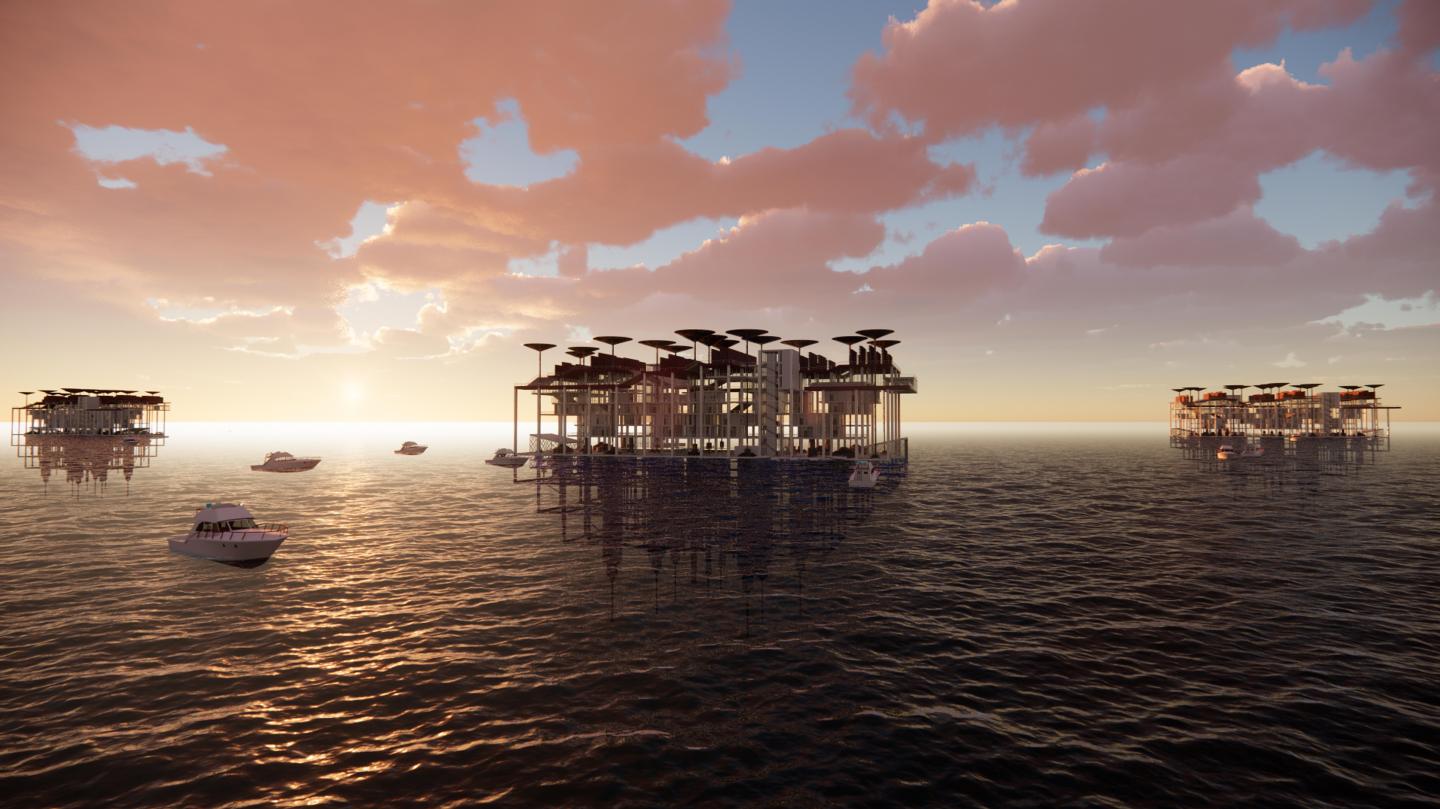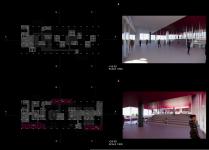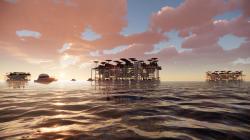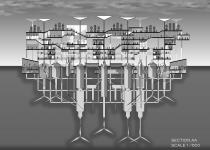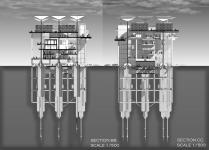Mankind has come to the brink of consuming the planet we live in. He used the world's finite resources as if they were never ending. Humans have achieved the “being on land” situation by slaughtering nature and increasing construction areas for dwindling settlements. With the unavoidable increase of the population, the effects of global warming have been felt more seriously with excessive concreting in cities where there is almost no land area left and the green is running out. Global warming is today's biggest problem for our world and people. When the average temperature increases by 2 degrees, it will have irreversible consequences. As scientists predict, with the melting of the glaciers by 2050, 9 out of 10 cities, including cities such as Istanbul and Izmir, will be negatively affected by the rise of sea levels and many cities will be submerged. Water has often been divisive because of its poor spatialization on it. Societies have also adapted to this divisiveness. However, with the flooding of many cities, the settlements remaining on land will be insufficient due to the population increase. There will be no space left for people to live and feed on land, so what will humanity do in this situation? People will have to adapt to life on water. However, by realizing that the reason for living on water is the person himself, he will have to learn to live with minimum intervention in water and nature and continue his life.
While current cities have such an inevitable end, the city of Izmir does not yet have a climate change urban action plan. In the city, there are dense residential buildings, usually multi-storey and adjacent, on a 60-kilometer coastal line. In addition, the city's central business area and a significant part of the urban work areas are located in the low altitude coastal zone. For this reason, a significant area of the city and a significant part of the urban activities are faced with the threat of flooding caused by the rise of sea levels. It is necessary to take measures against global warming at the city scale of İzmir. In places where Izmir's green areas are scarce, it is necessary to increase the green areas for the city to breathe. For this, it is envisaged that the slum areas where urban transformation is planned and implemented will be planned as complete green areas and the people here will be moved to the places to be fictionalised on water. Urban gaps will be increased to increase spatial resilience. It is predicted that the effects of global warming will be alleviated by increasing the green areas to be built. Increasing the green areas is the starting point of the design. In this way, it will be tried to go from negative to positive and to save nature. Living spaces will be offered to human communities with making peace with the seas without fighting with nature. Above the sea will be lived in harmony with the life below it.
2020
0000
Living Island constitute the basis of the proposed urb design. The lifestyle in the Living Island works as a completely autonomous system that does not harm nature and aims to cleanse nature by establishing a mutualist relationship with nature. Living Island can be likened to the neighborhoods of today's cities. Since the multi-storey building is not allowed in the Living Islands, people's experience of being close to the water and feeling it is strengthened. It is aimed that the water will infiltrate into the city and the city will infiltrate into the water with the circulation fiction proposed.
Yasemin DEMİRKOL
Favorited 1 times
